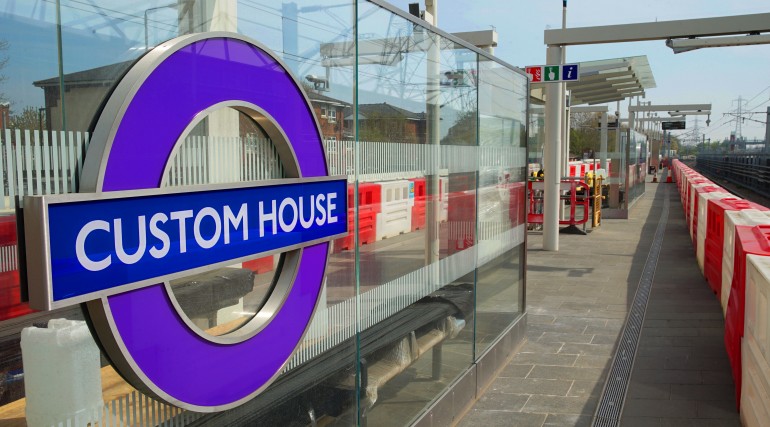05.07.19
The challenge of completing Crossrail
Source: RTM June/July
With a new plan now in place to deliver Crossrail, Hedley Ayres, National Audit Office manager, major projects and programmes, takes a look at how things went wrong.
As has been extensively reported, Crossrail is around two years late and, if all its £17.6bn of funding is used, could end up costing around £3bn more than expected.
In May this year, we produced a report setting out our findings on the causes of these cost increases and delays.
Perhaps unsurprisingly for a project of Crossrail’s scale and ambition, we found that many of the issues the programme has faced result from the programme’s complexity and Crossrail Ltd’s management of that complexity.
The scale of the engineering challenge on Crossrail is well known. It involves constructing around 26 miles of tunnels beneath London and 10 new, bespoke stations.
.jpg)
Much of the construction work is taking place in enclosed places beneath London which, of course, makes it more difficult to do.
The programme also requires software to be developed for a new fleet of trains that can switch between the three different signalling systems along the route.
Until delays to the opening date were announced in August last year, Crossrail was dominated by a fixed completion date for the central section of December 2018.
Delivering by December 2018 meant multiple activities ran in parallel. This approach meant that some work to install systems required to operate the railway would take place at the same time during the latter stages of the programme.
Crossrail Ltd decided to break the programme down into 36 main works contracts, increasing delivery and cost risks.
Although Crossrail Ltd employed two contractors as project management partners, Crossrail Ltd chose to fold those teams into its own project management effort.
Ultimately, contract costs increased by £2.5bn owing to design and contract changes.
We found that Crossrail Ltd did not have a sufficiently detailed delivery plan against which to track progress and that it only started to produce a detailed, realistic, bottom-up plan in late 2018.
Prior to this, from 2015, it had based its management of the programme on an aspirational plan designed to improve progress by suppliers, rather than to provide a reality check on overall progress.
We found that this plan did not adequately reflect the com-plex interdependencies across the programme.
Consequently, Crossrail Ltd had a gap in its understanding of delivery risks and the likelihood of meeting the December 2018 opening date.

According to the latest forecasts form Crossrail, new Elizabeth line services on the central section of the new railway between Canary Wharf and Paddington should open sometime between the start of October 2020 and the end of March 2021.
At the time of writing, it is not clear when the full service and benefits to passengers will be delivered.
There is still a great deal of work to do. A particular challenge will be ensuring that contractors prioritise completion of Crossrail over other projects and opportunities.
Crossrail Ltd now needs space and time to complete and deliver its plans.
READ THE FULL ARTICLE AND MORE IN THE JUNE/JULY EDITION OF RTM.